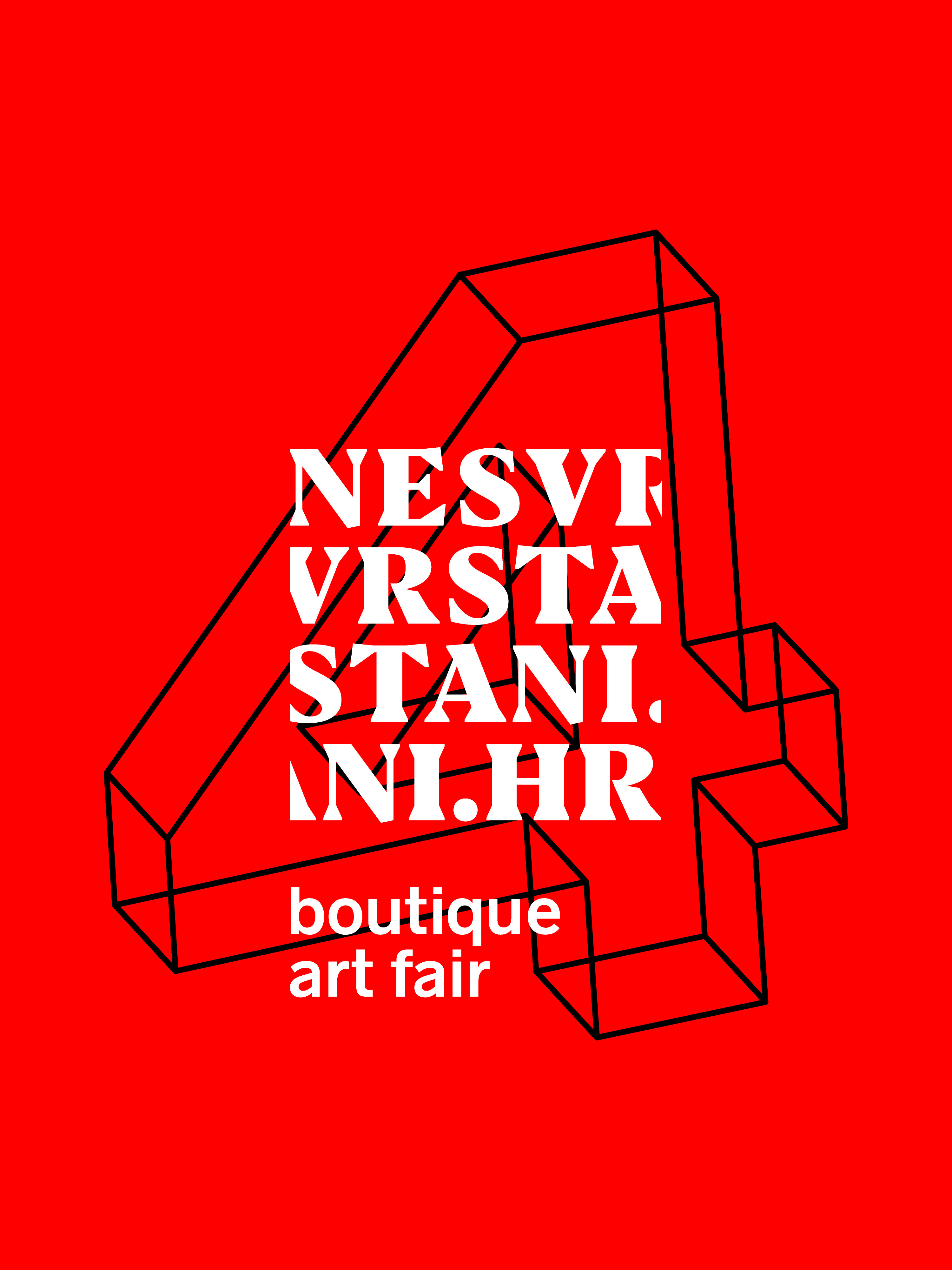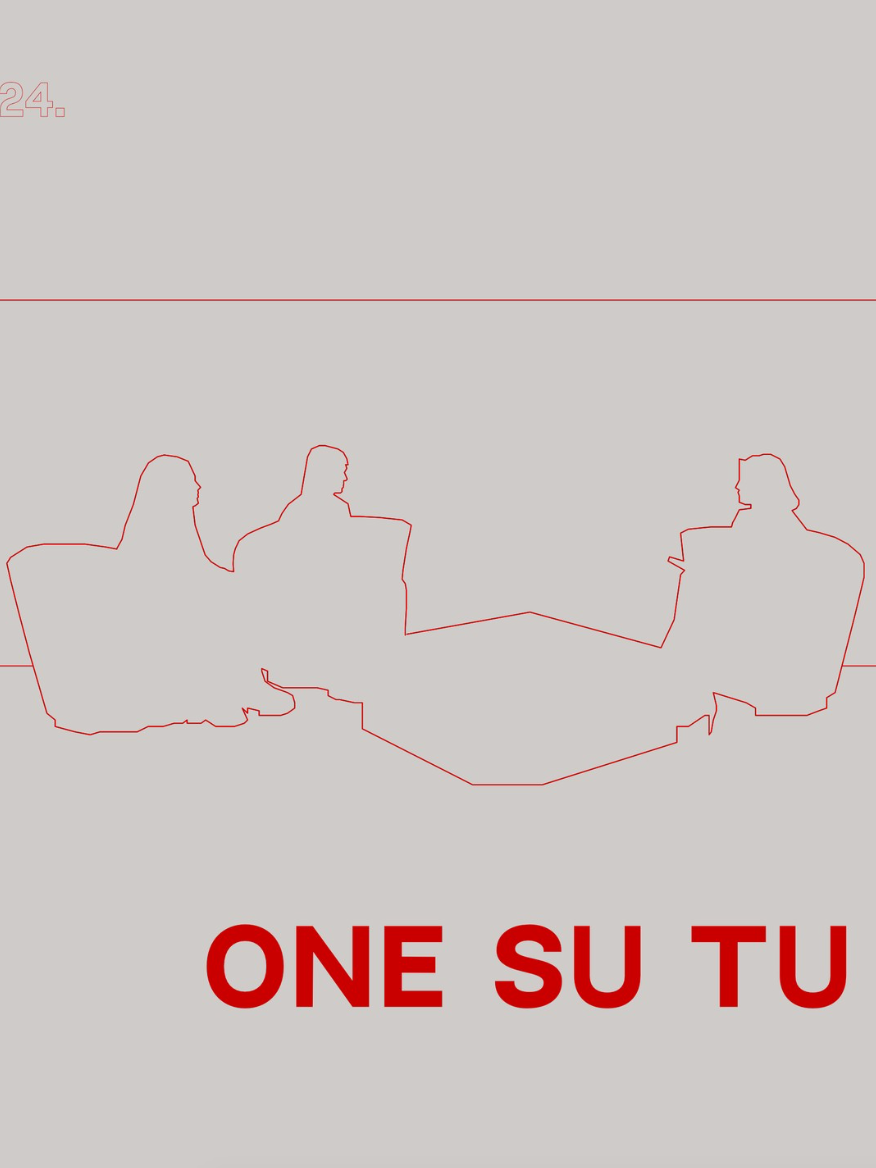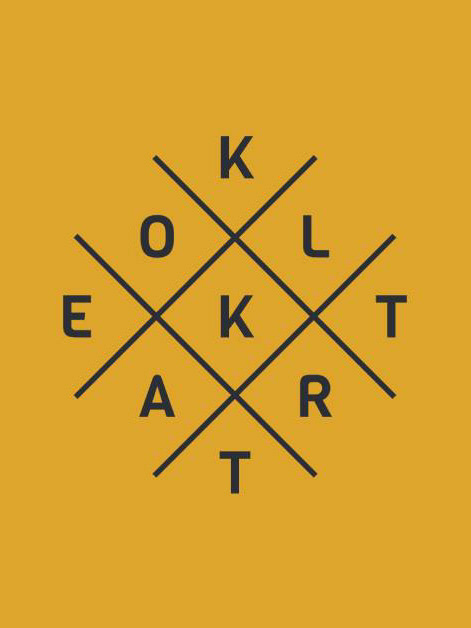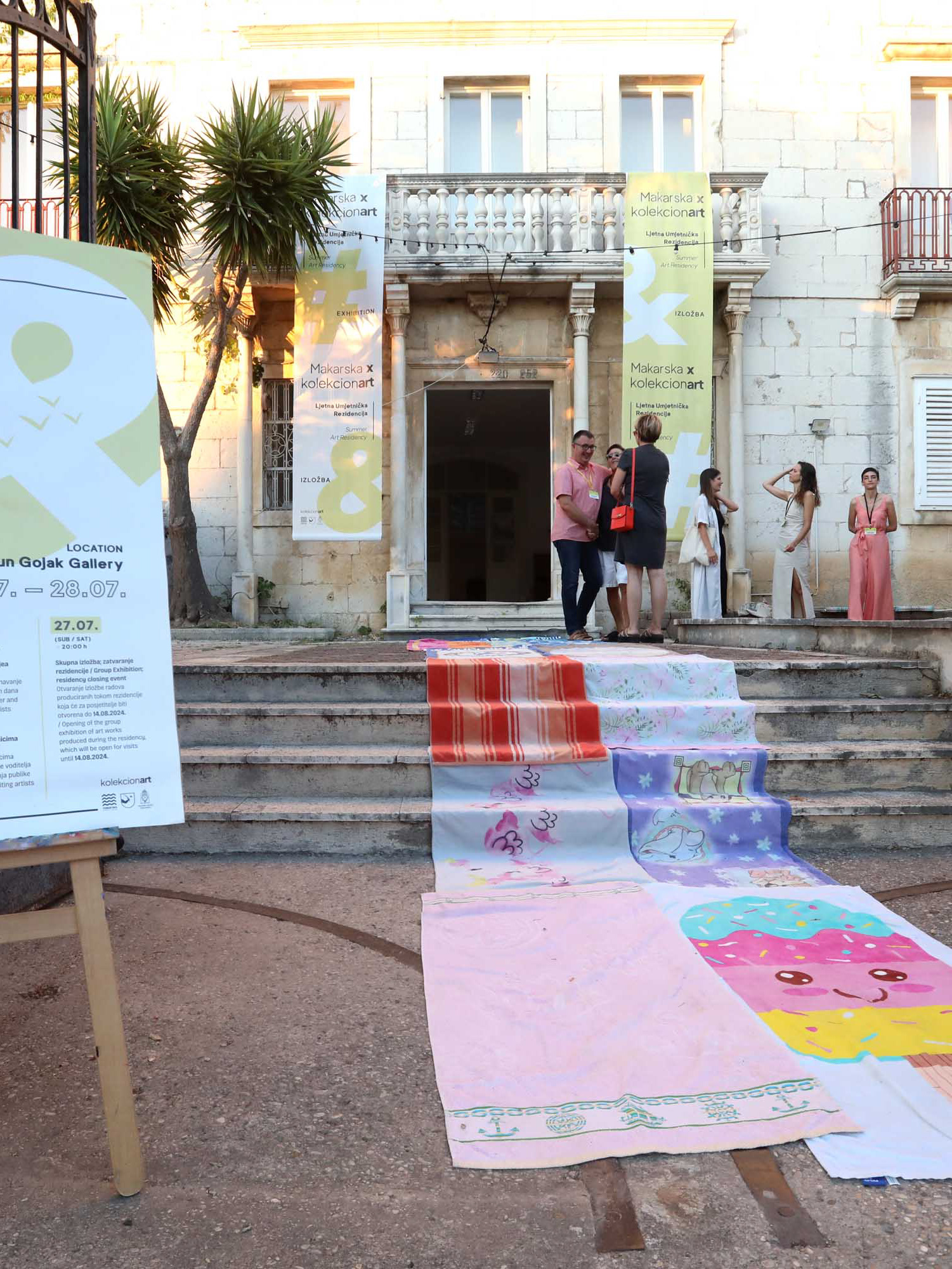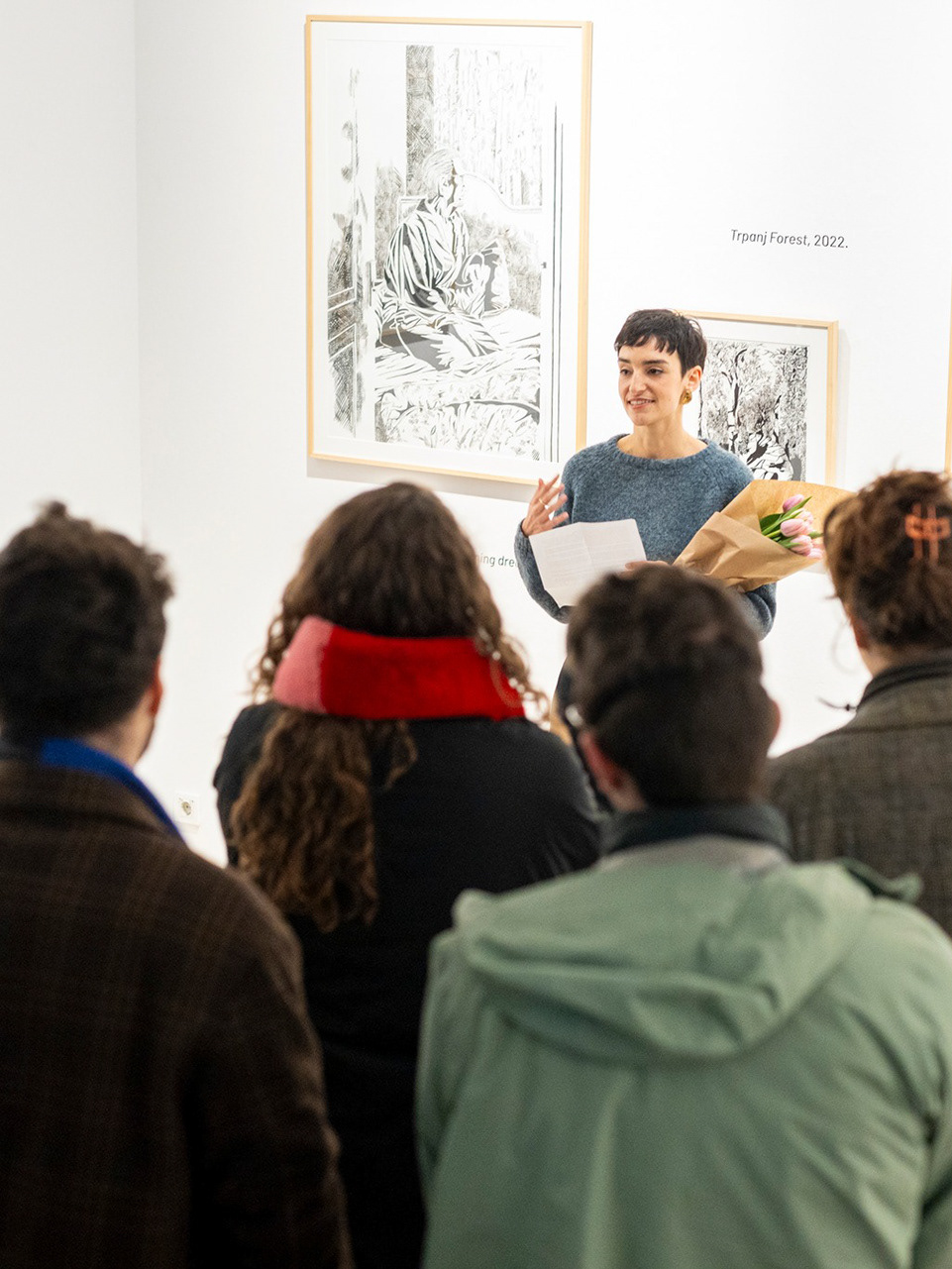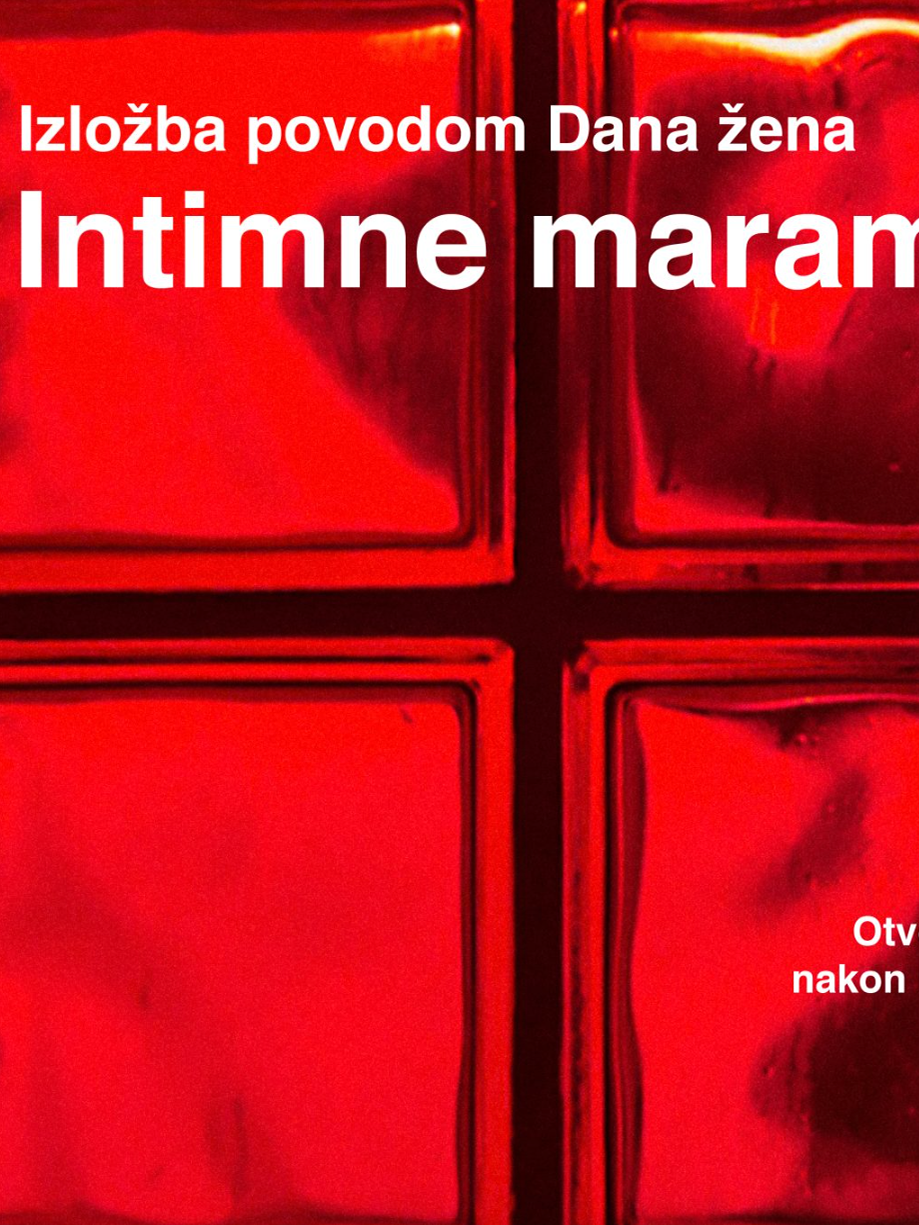Introduction
Last night she dreamt she was going to Manderley again. The famously creepy introduction to the gothic novel Rebecca sets a perfectly appropriate tone for the exhibition of the works of Jessica Gobert, an artist who regularly visits phantasmagoric places with great pleasure. She finds them in the novels of Daphne du Maurier, Alfred Hitchcock's psychological thrillers (Rebecca, Rope, Marnie, Frenzy), noir movies, horror movies. While working on meticulous drawings surrounded by indoor plants, occasionally dipping a quill into an antique crystal inkwell, the soundscape is the mystical voice of Vincent Price, borrowed from a number of legendary movie villains. But Jessica doesn't play his movies in the background, she is already focused on listening to obscure British radio dramas, such as those from the series Appointment with Fear, originally broadcast on the BBC during the 1940s and 1950s.
It is to that post-war period that a set of family photos belong to, which were sent a long time ago to Jessica’s father by his eccentric uncle. Even though Tonton Andre and the rest of Jessica’s relatives will to her remain mostly abstractions, she takes her time to delve into and reconstruct in ink, photos of weddings, children, houses or simple family portraits. Writing about photographs of the landscape in The Dark Room, Barthes states that they must be for him "inhabitable, not visitable", and this desire "is ghostly, it comes from a kind of clairvoyance which, as it carries me forward, towards a utopian time, or takes me back to something unknown to me previously (...) everything happens as if I am sure that I have already been there or that I have to go there."1
Whether it's about a small part of her family history from the former province of Limousin, or scenes from the Parisian Jacquemart-André Museum, anxious film frames or fragments of historical architecture (a shadowy porch or staircase) of New Orleans, Chartres, Omišalj, Jessica looks for scenes to inhabit and creates an intriguing archive of places that encourages a specific kind of nostalgia for what she has never experienced, but feels as her own. Her black and white ink drawings are by no means literal or sentimental nostalgic transcripts of the relationships and images which were used as a starting point. Changes, sometimes subtle (stylized, tightened facial expressions, spots in shadows, Degas cutting of the frame), sometimes more explicit (dramatic perspective, arrangement and the layering of characters and other elements of the composition in several planes, in a manner of mise-en-scène becomes the bearer of meaning) always incorporates a specific atmosphere, a quality into the scenes, a moment of calm before the storm — a foreboding that only hints at the specter hovering over the mute protagonists.
What specters are hiding in the shadows, in the apparently negative space of simple scenes? Patriarchy, poverty, chaos and the complexities of the modern world.
1 Roland Barthes: The Dark Room — Reflections on Photography, Zagreb: Izdanja Antibarbarus, 2003., p. 1 50.-52.
Anja Cerar



Photo by Čedomil Gros
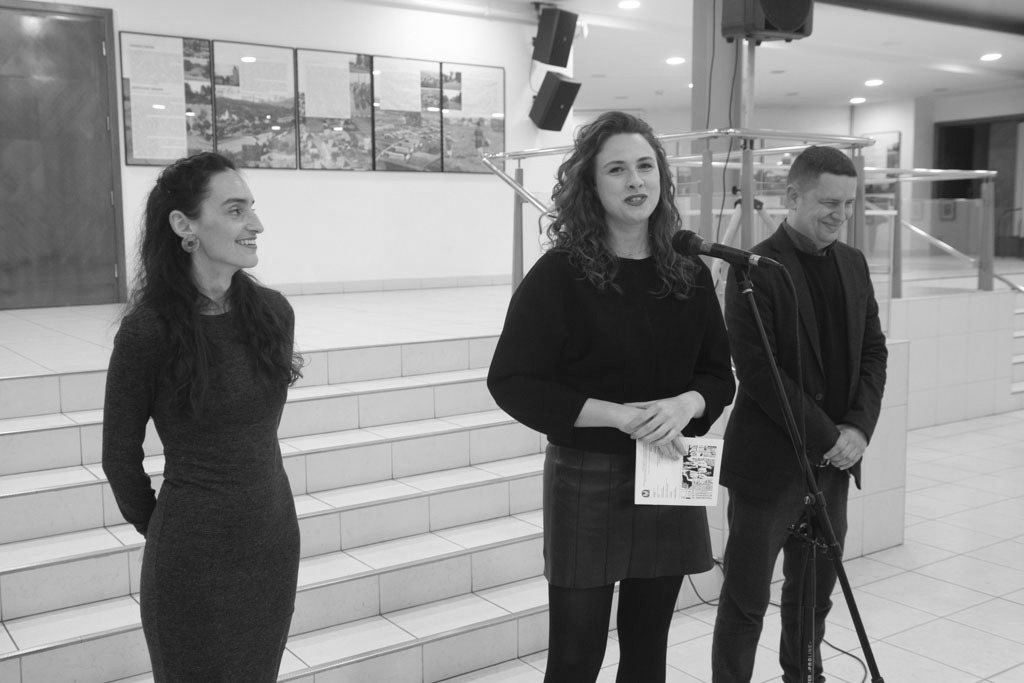
Photo by Čedomil Gros

Photo by Čedomil Gros

Photo by Čedomil Gros

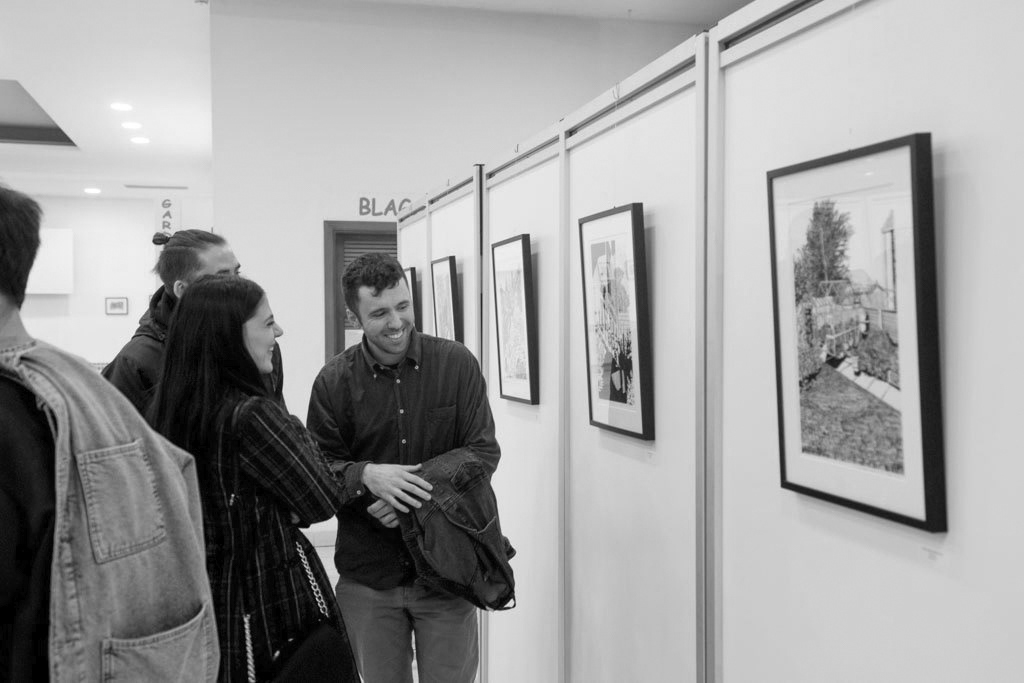
Photo by Čedomil Gros

